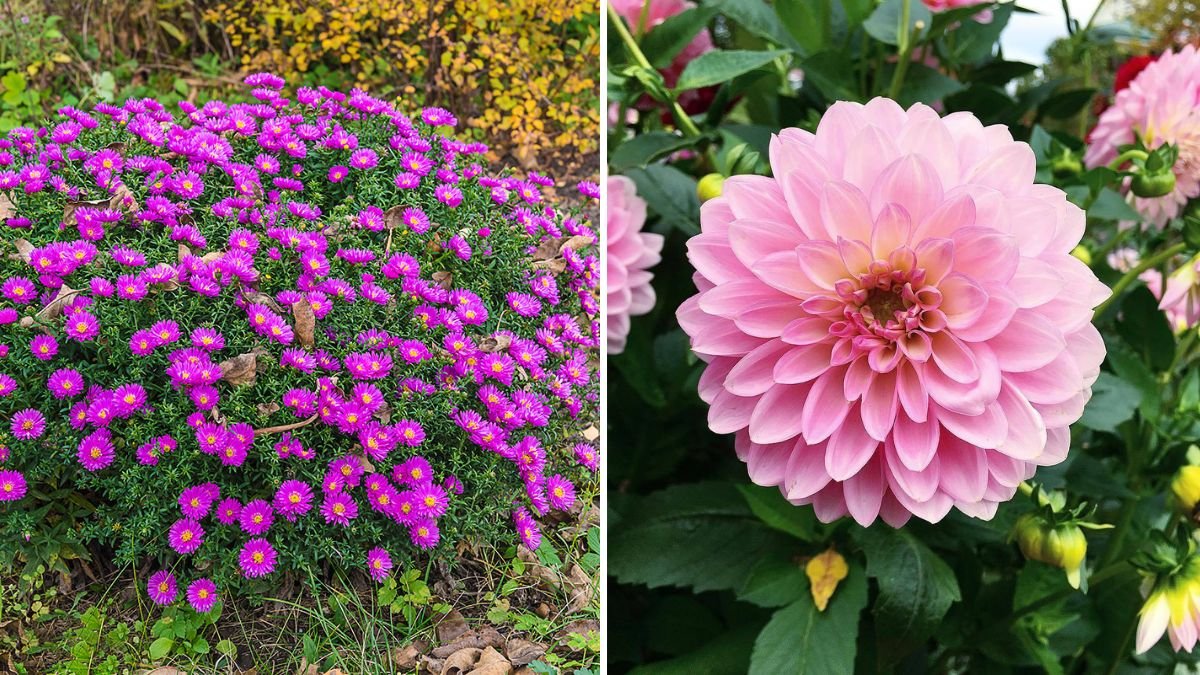A vibrant garden filled with colorful blooms is a source of joy, tranquility, and aesthetic pleasure. However, most gardens experience a natural ebb in flowering, with blooms appearing only during certain seasons. For gardeners and plant enthusiasts, extending the blooming season is both a creative challenge and a rewarding endeavor. With careful planning, selection, and maintenance, it is possible to enjoy a garden in bloom for much longer, often spanning several months or even the entire year. This article provides detailed guidance on techniques, plant choices, and strategies to maximize your garden’s flowering period.
1. Understanding Blooming Cycles
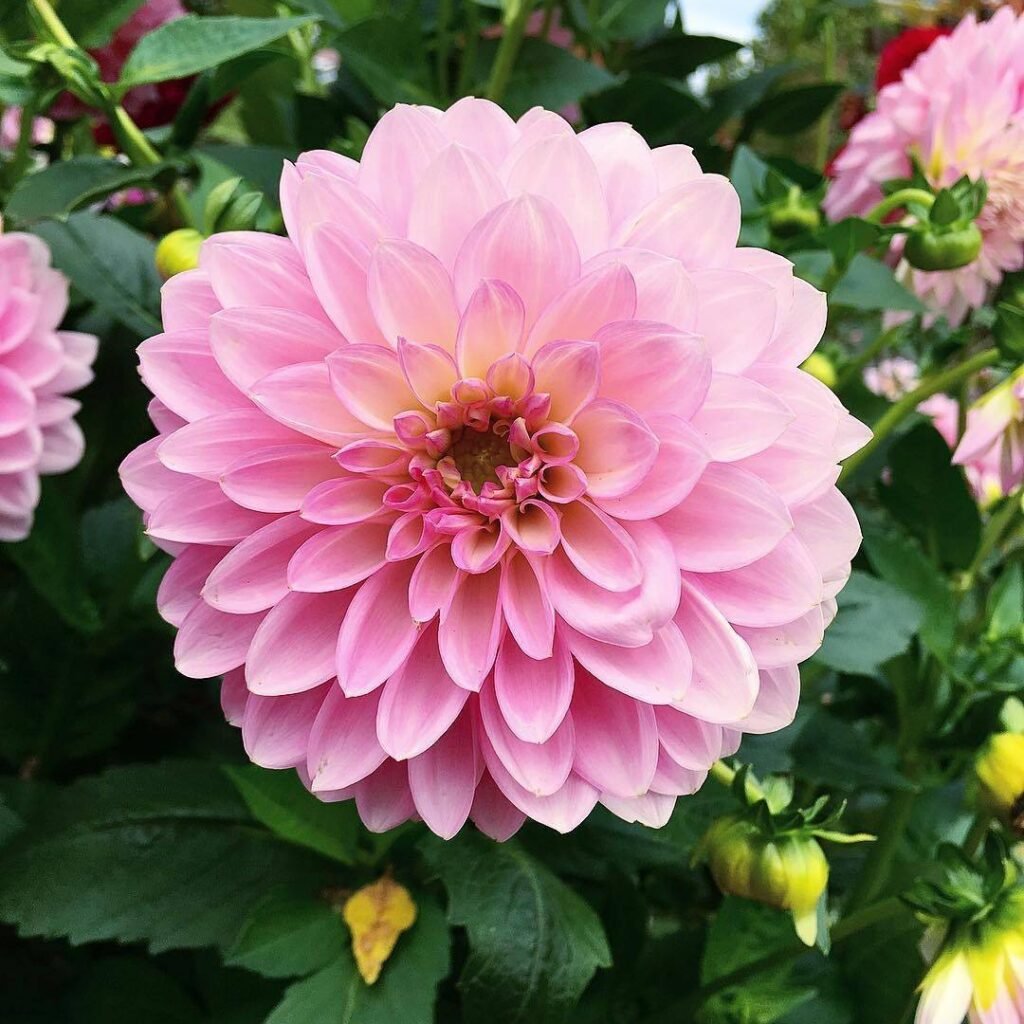
Before attempting to extend your garden’s blooming season, it’s essential to understand how flowering cycles work. Most flowering plants have a natural rhythm influenced by:
- Photoperiod (Day Length): Some plants require long or short days to trigger blooming.
- Temperature: Seasonal temperatures can accelerate or delay flowering.
- Plant Maturity: Young plants may not bloom until fully mature.
- Pruning and Maintenance: Timely pruning can encourage new blooms and prevent plant fatigue.
By understanding these factors, gardeners can manipulate conditions and select plants that provide continuous blooms.
2. Choose a Variety of Blooming Times
A key strategy to extend flowering is to plant species with overlapping bloom periods. This ensures that as one plant fades, another begins to flower.
a) Early Bloomers
These plants flower in late winter or early spring, offering the first colors in your garden:
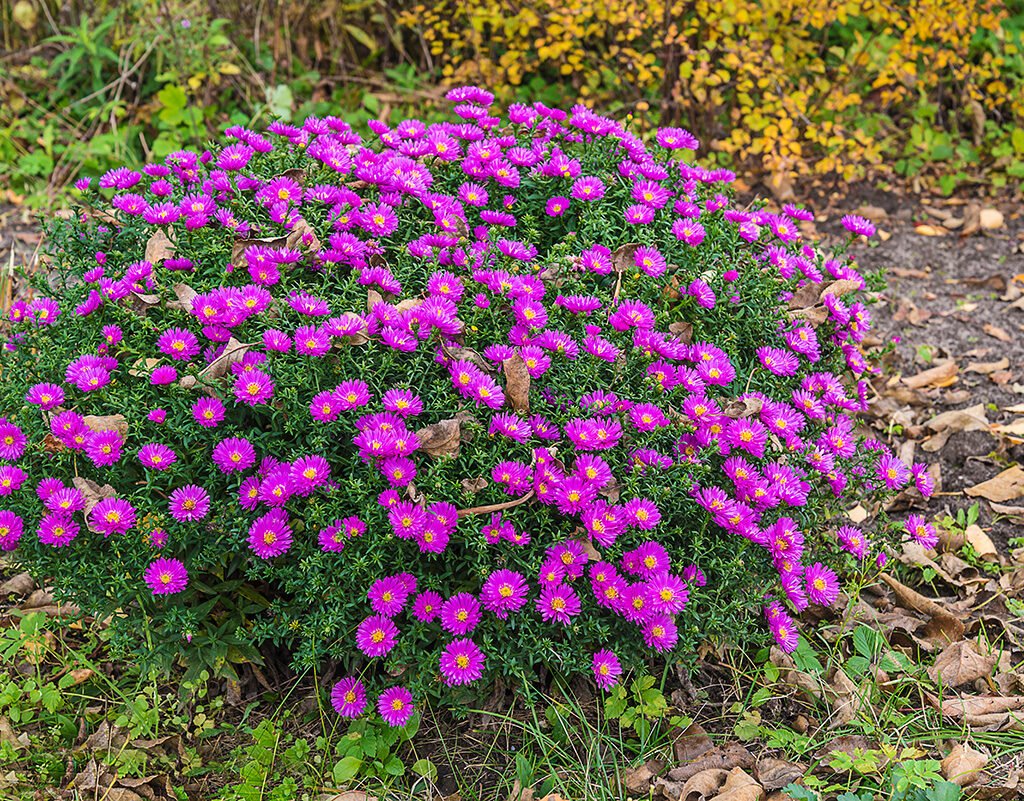
- Crocus: Bright, low-growing bulbs that thrive in cool soil.
- Snowdrops: Delicate white flowers that signal the end of winter.
- Forsythia: Vibrant yellow branches that bloom before leaves emerge.
b) Mid-Season Bloomers
Mid-season flowers bring full color during late spring to summer:
- Roses: Classic flowers with multiple varieties and repeat-blooming options.
- Lavender: Aromatic and long-lasting, ideal for sunny borders.
- Peonies: Lush, romantic blooms that peak in late spring.
c) Late Bloomers
These plants keep your garden colorful in late summer and fall:
- Chrysanthemums: Known for long-lasting autumn blooms.
- Asters: Star-shaped flowers in purple, pink, and white.
- Sedum: Succulent-like plants with vibrant fall flower heads.
By mixing early, mid, and late bloomers, your garden remains visually appealing for months.
3. Use Succession Planting
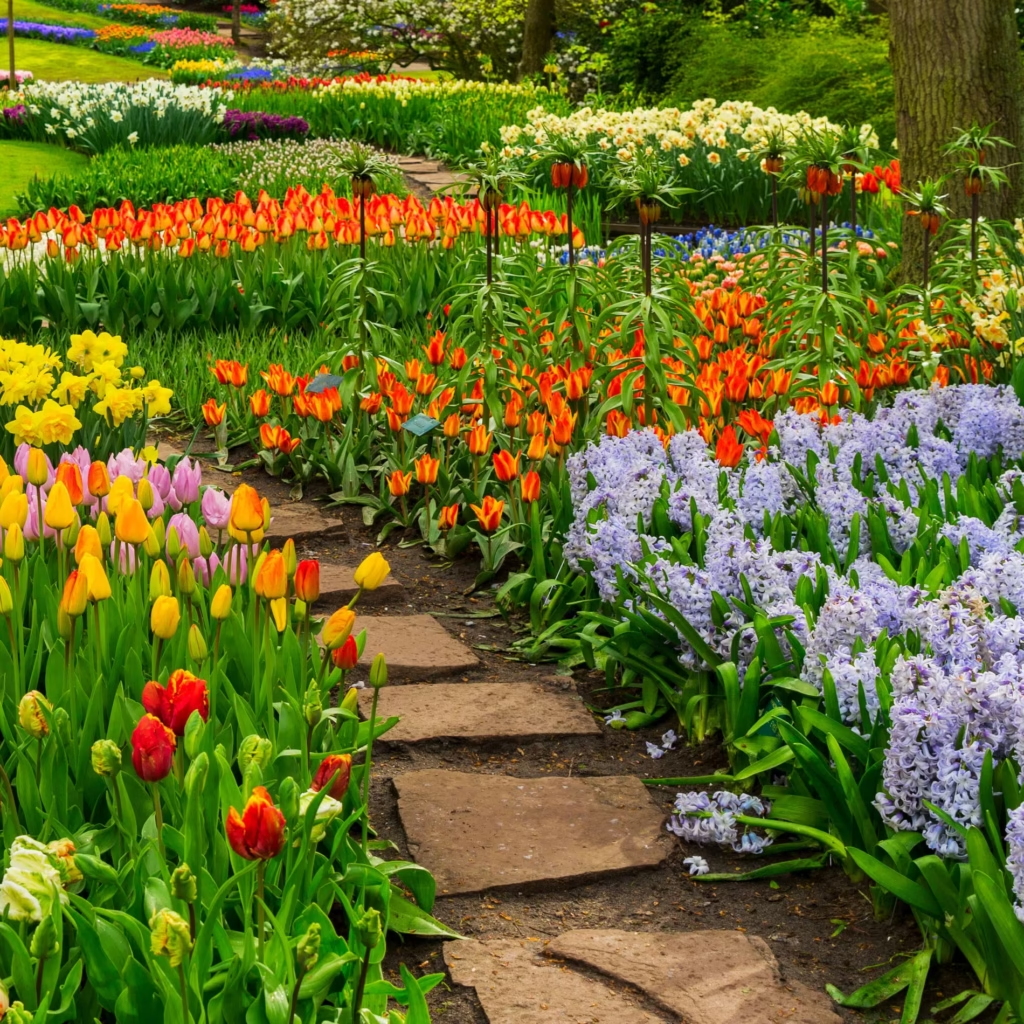
Succession planting involves staggering sowing or planting times so that flowers bloom in succession rather than all at once. This technique is especially effective with annuals such as:
- Marigolds: Plant every 2–3 weeks to maintain continuous blooms.
- Zinnias: Sow seeds every few weeks for vibrant summer displays.
- Petunias: Repeat sowing ensures a long-lasting display.
Succession planting also works for perennials with staggered bloom times. By carefully scheduling plantings, gardeners can enjoy a near-continuous flowering display.
4. Extend Blooming Through Pruning and Deadheading
Proper maintenance significantly extends flowering periods. Deadheading, or removing spent flowers, encourages plants to produce new blooms instead of focusing on seed production.
- Roses: Regularly remove faded blooms to encourage repeat flowering.
- Geraniums and Petunias: Pinch or trim flowers to stimulate further growth.
- Perennials: Cut back old stems to make way for fresh flowers.
Pruning also improves plant health by increasing air circulation, reducing disease risk, and maintaining an attractive shape.
5. Choose Long-Blooming Varieties
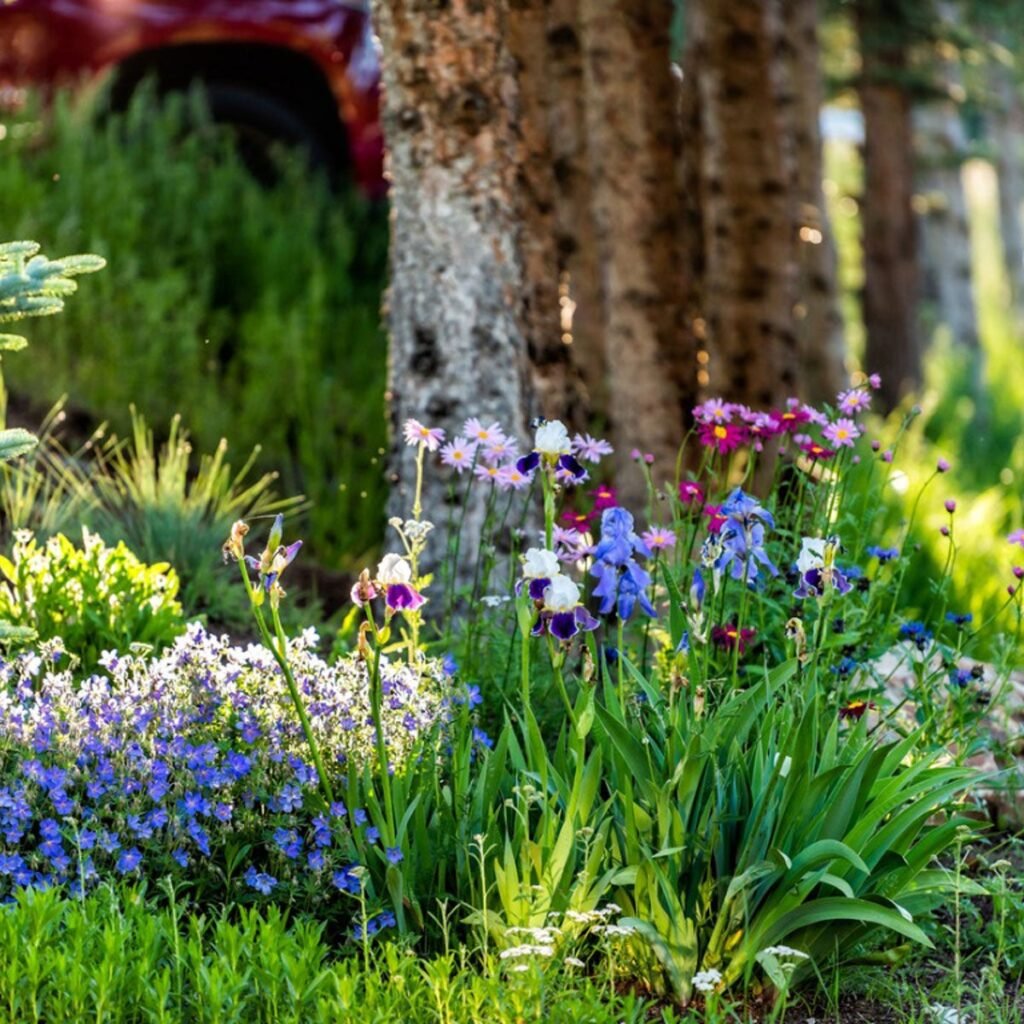
Some plants naturally have longer flowering periods and are ideal for extending your garden’s season. Examples include:
- Daylilies: Each flower lasts only a day, but multiple blooms appear over several weeks.
- Coreopsis: Produces vibrant yellow flowers from early summer to fall.
- Salvia: Spikes of flowers bloom continuously in warm months.
- Lantana: Thrives in heat and produces flowers for months.
By prioritizing long-blooming species, gardeners can ensure continuous color with minimal effort.
6. Create Microclimates and Protective Strategies
Extending your garden’s bloom is not only about plant selection; microclimates and protection from harsh conditions play a significant role.
a) Use Sheltered Spots
Plant tender species near walls, fences, or under trees to provide protection from wind and frost.
b) Mulching
Applying organic mulch around plants moderates soil temperature, retains moisture, and reduces stress on plants, promoting longer flowering.
c) Cold Frames or Cloches
For early or late-season flowers, protective structures like cold frames can allow plants to bloom beyond their natural season.
7. Optimize Soil and Fertilization
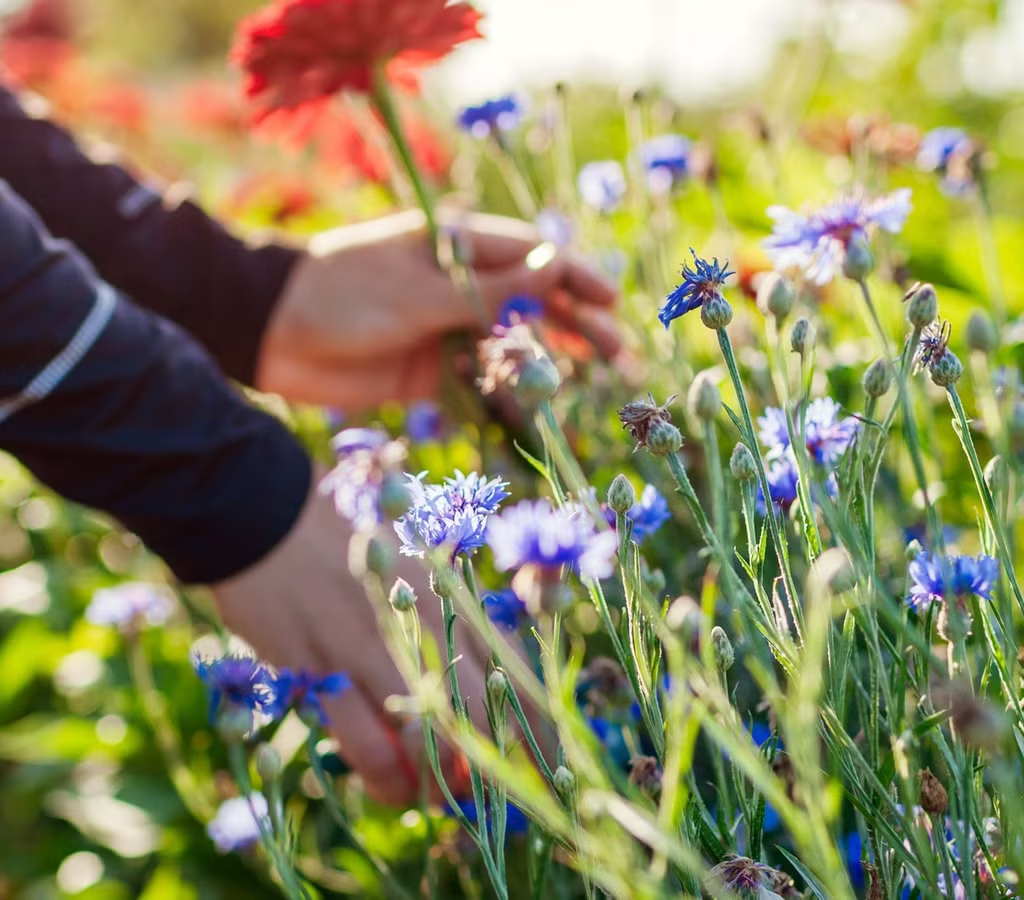
Healthy, nutrient-rich soil promotes strong, continuous blooms:
- Balanced Fertilizers: Use fertilizers rich in phosphorus to support flowering.
- Slow-Release Fertilizers: Ensure a steady supply of nutrients over months.
- Organic Matter: Compost improves soil structure, water retention, and plant health.
Regularly feeding your plants ensures they have the energy required to produce flowers over extended periods.
8. Incorporate Container Gardening
Containers allow flexibility in moving plants to optimal positions for light, temperature, and protection:
- Place early bloomers in sunny spots and shift them indoors or under shade as temperatures rise.
- Rotate containers to stagger flowering across the garden.
- Use pots to grow tender plants that wouldn’t survive outside in colder months.
Container gardening effectively extends the visual bloom season by enabling better environmental control.
9. Include Evergreen and Foliage Plants
While flowers may fade, the garden’s appearance can be sustained with evergreen shrubs and attractive foliage. These plants complement the blooms and maintain visual interest when flowers are scarce.
- Boxwood and Holly: Maintain structure and greenery.
- Hostas: Provide lush foliage and occasional flowers in shaded areas.
- Heuchera: Adds vibrant leaf color throughout the growing season.
By blending flowering and foliage plants, your garden remains attractive even in bloom gaps.
10. Plan for Seasonal Color
Finally, planning your garden by seasons ensures that flowers follow each other naturally:
- Spring: Crocus, tulips, daffodils, primroses.
- Summer: Roses, lilies, lavender, petunias.
- Fall: Chrysanthemums, asters, sedum, ornamental kale.
- Winter: Camellias, pansies, hellebores, and winter jasmine.
Seasonal planning, combined with the techniques above, can result in a garden that offers visual delight almost year-round.
Conclusion
Extending your garden’s blooming season requires a combination of thoughtful planning, plant selection, and maintenance. By understanding flowering cycles, choosing early, mid, and late bloomers, practicing succession planting, pruning, and deadheading, and providing the right soil, protection, and containers, gardeners can enjoy months of continuous floral beauty. Incorporating long-blooming varieties, evergreen foliage, and seasonal planning ensures that your garden remains vibrant, inviting, and ever-changing. With these strategies, any gardener can maximize the life and impact of their blooms, transforming their outdoor space into a long-lasting oasis of color and fragrance.
